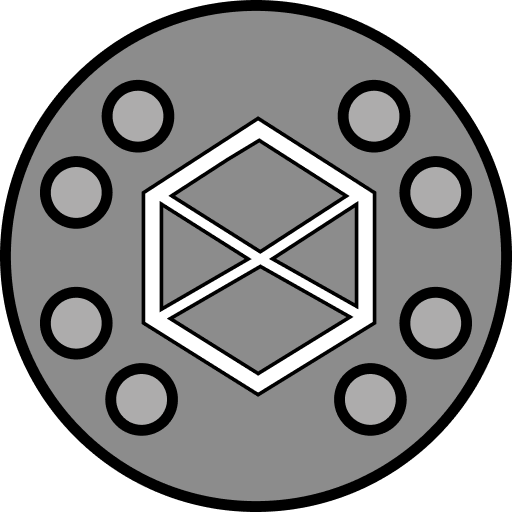Darknet
A darknet (or dark net) is any that can be accessed only with specific software, configurations, or authorization, often using non-standard and . Two typical darknet types are friend-to-friend networks (usually used for with a connection) and networks such as .
The reciprocal term for an encrypted darknet is or when referring to search engine indexable content.
Contents
Terminology
, “The Darknet” is often used with the due to the quantity of on ‘s darknet. The term is often inaccurately used interchangeably with the due to Tor’s history as a platform that could not be search-indexed. Mixing uses of both these terms has been described as inaccurate, with some commentators recommending the terms be used in distinct fashions.
Origins
“Darknet” was coined in the 1970s to designate networks that were isolated from (which evolved into the ), for security purposes. Darknet addresses could receive data from ARPANET but did not appear in the network lists and would not answer or other inquiries.
The term gained public acceptance following publication of “The Darknet and the Future of “, a 2002 paper by , , , and , four employees of who argued that the presence of the darknet was the primary hindrance to the development of workable (DRM) technologies and made inevitable.
Sub-cultures
Journalist , in his 2005 book Darknet: Hollywood’s War Against the Digital Generation, described the darknet’s reach encompassing file sharing networks. Consequently, in 2014, journalist in his book The Dark Net used it to describe a range of underground and emergent , including , cryptoanarchists, darknet drug markets, communities, racists, and .
Uses
Darknets in general may be used for various reasons, such as:
- (cracking, file corruption etc.)
- Protecting from political reprisal
- (, personal files, pornography, confidential files, illegal or counterfeit software etc.)
- To better protect the rights of citizens from targeted and
- Sale of restricted goods on
- and
- Purchase or sale of illicit or illegal goods or services
- and , or to bypass restrictive -policies.
- Exercising such as the right to speak or contract free from commercial or state interference.
- Avoiding emotional such as that may be inflicted as a result of .
- Refusing to to surveillance on communications networks where no right to consent is formally recognized or honored between the and the .
Software
All darknets require specific software installed or network configurations made to access them, such as , which can be accessed via a customised browser from Vidalia (aka the Tor browser bundle), or alternatively via a configured to perform the same function.
Active
- (not for anonymity but research purposes)
- Freenet is a popular darknet (friend-to-friend) by default; since version 0.7 it can run as a “opennet” (peer nodes are discovered automatically).
- GNUnet can be utilised as a darknet if the “F2F ” option is enabled.
- I2P (Invisible Internet Project) is another that features a darknet whose sites are called “”.
- can be run as a darknet for friend-to-friend file-sharing.
- can be run as a darknet (friend-to-friend) by default to perform anonymous file transfers if DHT and Discovery features are disabled.
- Riffle is a client-server darknet system that simultaneously provides secure anonymity (as long as at least one server remains uncompromised), efficient computation, and minimal bandwidth burden.
- Syndie is software used to publish forums over the anonymous networks of I2P, Tor and Freenet.
- (The onion router) is an network that also features a darknet – its “”. It is the <!–best known/–>most popular instance of a darknet.<!–and often mistakenly equated with the darknet as a whole–>
- can be run as a darknet for file-sharing.<!–more details needed–>
- is aimed to build an -like of peer-to-peer users of .
No longer supported
- (discontinued)
- (discontinued)
Defunct
==See also==<!– New links in alphabetical order plese –>














 Twitter
Twitter
 Telegram
Telegram
